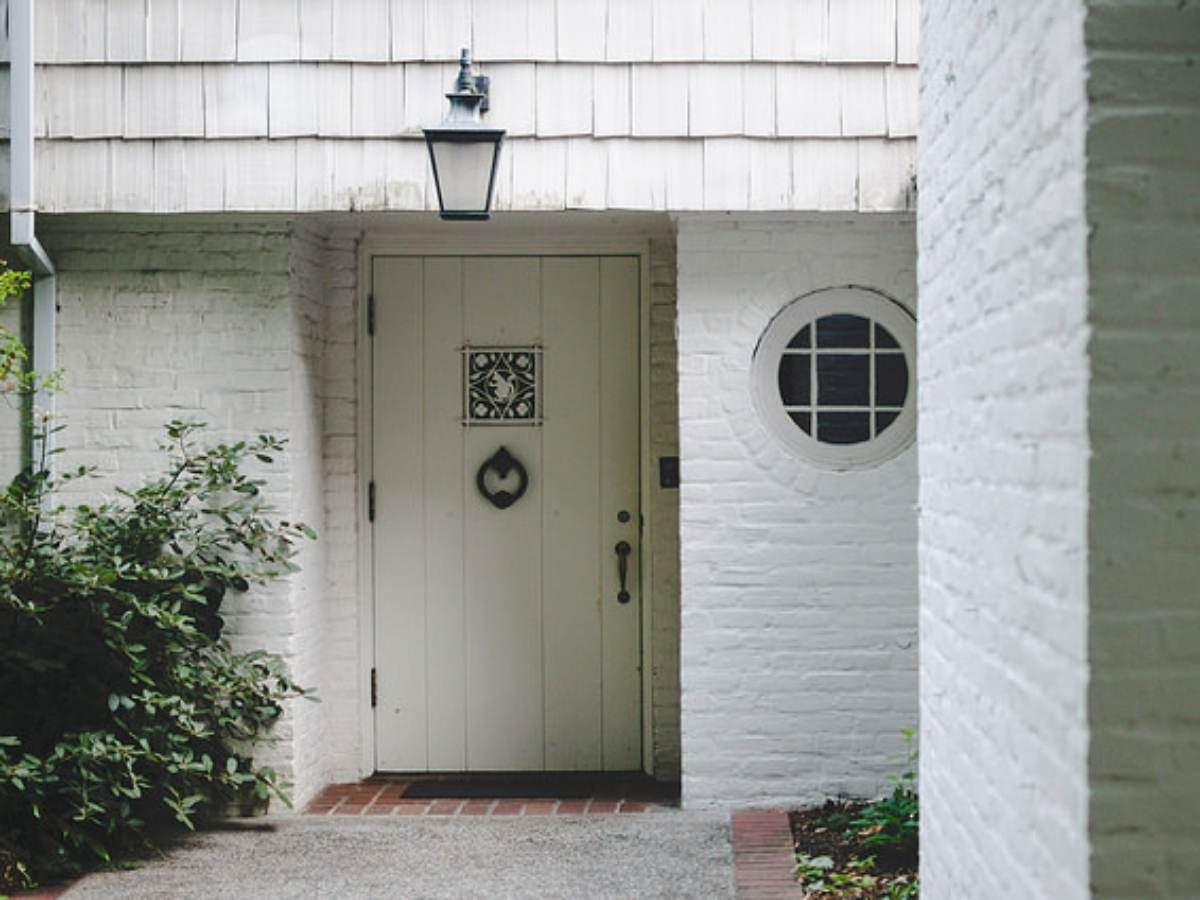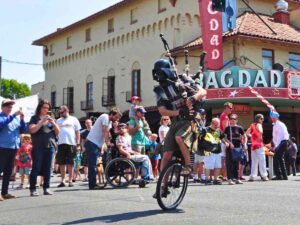East of 82nd Avenue is considered East Portland — a neighborhood that once existed as a separate city entirely. East Portland was annexed by the city in 1891 and today it’s home to about 28% of Portlanders.
On the northern end of East Portland, you’ll find Argay — a quiet residential neighborhood that caters best to those who value spacious manicured lawns and well-kept homes. An extensive fire and emergency station training center is based in Argay and they’ll soon be joined by the new Portland police training center.
On the opposite end of East Portland, you’ll find Lents — one of the largest and most diverse neighborhoods in Portland known for its high density of Asian Eastern European, and Latino immigrants. Lents has recently been the focus of urban renewal with hopes to revitalize its commercial and residential offerings. Lents’ position at the cross-section of I-205 and Foster Road makes it highly accessible to cars. Urban renewal has been focusing on increasing the convenience of both walking and biking too.
Cartlandia a food-cart superpod will fill you up for a long ride on the Springwater Corridor Bike Trail. Visitors take their pick from 28 international carts or grab something for the road. Those who stop post-bike ride might prefer a seat at the Blue Room Bar — a full-service bar and restaurant featuring live music on the Cartlandia lot.
The city’s largest LEED-certified aquatic facility is housed inside the East Portland Community Center. The center also features basketball hoops a fitness room two pools and a kitchen providing an assortment of classes and activities for community members.
Housing in East Portland
Much of East Portland is crowded with housing and commercial space but you’ll still find opportunities to escape the hustle and bustle with hikes around the 12-acre Knott Park and Powell Butte Nature Park.
The nonprofit Zenger Farm features ten acres of protected wetlands and acts as the city’s classroom for budding ecologists. Located right next to busy Foster Road Zenger Farm will surprise visitors with its vast expanse of urban gardens. They offer classes in sustainability organic farming beekeeping and more. If you’re coming to Portland and feeling confused by the city’s dedication to sustainable living Zenger Farms will get you up to speed.
Even more outdoor education can be found at the Leach Botanical Garden. This space features more than 2000 species of plants with a mix of local Oregon fauna and samplings from the rest of the country with a focus on plants discovered by the original owner Lilla Leach. The garden is inspired by the lives of Lilla and her husband John Leach. The two were pioneers explorers scientists and artists and they left their beautiful garden to the city.
The latest and most talked about addition to East Portland is the Portland Mercado. The rainbow-colored line of Mexican food carts is impossible to miss as are the crowds that line up in front of them for authentic Mexican eats.
Portland neighborhoods will continue to develop and change as the city grows but Portland residents will hold on tight to the variety that makes their neighborhoods so special. Once you find the one that’s right for you you’ll probably do the same.
Neighborhoods in East Portland
- Argay
- Centennial
- Glenfair
- Hazelwood
- Lents
- Mill Park
- Parkrose
- Parkrose Heights
- Pleasant Valley
- Powellhurst-Gilbert
- Russell
- Wilkes
- Woodland Park
City of Portland: 503-823-4000 www.portlandoregon.gov
Portland Business Alliance: 503-224-8684 www.portlandalliance.com
Request your free Portland Relocation Guide here




